Asteria Aerospace, a full-stack drone technology company, on Monday, January 16, said it has received type certification for its indigenously designed and manufactured A200-XT drone from the Directorate General of Civil Aviation (DGCA).
With this achievement, Asteria said it has become the first company to have two DGCA-certified drones that it can offer to its customers for a variety of applications including law enforcement, industrial security, infrastructure inspections, and agriculture and land surveys.
The A200-XT drone is a versatile drone with payloads that can be quickly swapped between a high-resolution high-zoom day camera, and a night-time thermal camera, a company statement said.
Asteria Aerospace receives DGCA certification for A200-XT drone
With a compact and portable form factor and a flight time of up to 40 minutes, it can be used for defence and homeland security intelligence, surveillance and reconnaissance (ISR) operations as well as industrial security and inspection applications, it stated.
ALSO READ - Asteria Aerospace A200 gets DGCA’s micro-category drone certification
Asteria Aerospace Limited is a full-stack drone technology company providing actionable intelligence from aerial data. Asteria develops deeply customized drone solutions for government and enterprise customers using its in-house hardware design, software development, and manufacturing capabilities.
Asteria has been a trusted partner to provide long-term, quality-focused, and reliable products & services to the defence & homeland security, agriculture, oil & gas, energy & utilities, telecommunications, mining, and construction sectors. Asteria Aerospace Ltd is a subsidiary of Jio Platforms Ltd, which is a majority-owned subsidiary of Reliance Industries Ltd.
ALSO READ - Reliance Industries to launch drones for upcoming business – unveils plans to tap into the billion-dollar industry of India
Read next
Airbus and VDL Group collaborate to create an airborne laser communication terminal
Prashant-prabhakar
17 Jan 2023
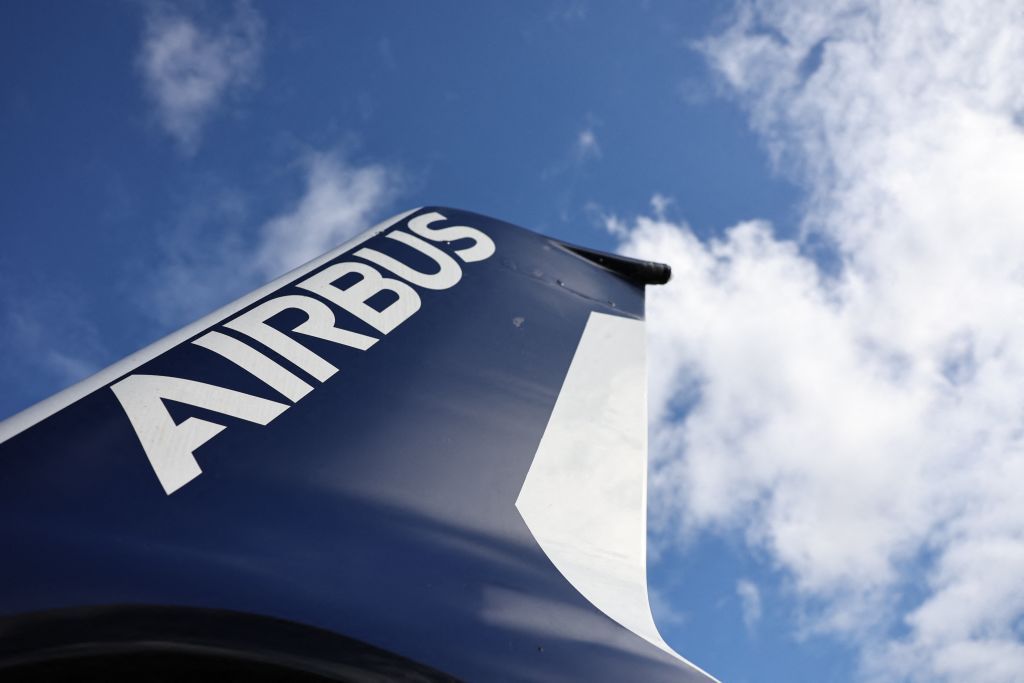
A partnership agreement for the development and production of the UltraAir laser communication terminal for aircraft has been inked by Airbus and VDL Group. The Netherlands Organization for Applied Scientific Research (TNO) and Airbus will now plan a prototype demonstration and first flight test in 2024 based on the development they have been leading.
Airbus
The prototype will be further industrialized beginning in 2024 by Airbus and VDL Group, a Dutch high-tech industrial supplier, to prepare it for integration with a hosting aircraft. VDL will produce crucial systems as part of the agreement and brings design for production. This industrialized prototype will undergo an aircraft flying test in 2025.
With the help of UltraAir, a network of ground stations and satellites in geostationary orbit, 36,000 kilometers above the Earth, will be able to exchange massive volumes of data via laser beams. This laser terminal will open the door for data transmission rates that might approach several gigabits per second while providing anti-jamming and a low probability of interception thanks to unmatched technology, including a very steady and precise optical mechatronic system.
Representative | Innovation Origins
By using laser-based satellite constellations like Airbus' SpaceDataHighway, UltraAir will enable military aircraft and UAVs (Unmanned Aerial Vehicles) to communicate within a multi-domain combat cloud. The benefits of this technology will be advanced as a significant differentiator for delivering multi-domain combat coordination for government and defense customers. This is an important turning point in Airbus' broader plan to advance laser communications. Long-term plans call for the use of UltraAir aboard commercial airplanes to provide high-speed data connectivity for passengers.
Representative | KDC Resource
Laser communication technologies are the upcoming revolution in satellite communications and are seen as the answer to data traffic in the quantum era (satcom). The classic satcom radio-frequency bands are suffering constraints as satellite bandwidth demand rises. In comparison to the current network, laser communication delivers 1,000 times more data at 10 times the speed. As opposed to already-congested radio channels, laser communications have the advantage of avoiding interference and detection since their significantly narrower beam makes them very difficult to intercept. Thus, compared to radio, laser terminals may be lighter, use less energy, and provide more security.
The UltraAir project is co-financed by Airbus and VDL Collection and supported by the ESA ScyLight (Secure and Laser Communication Technology) and "NxtGen Hightech" programs as part of the Dutch Growth Fund, which is run by TNO and a sizable group of Dutch enterprises.
SOURCE: Airbus
COVER: Tech Times
Read next
Air India is set to order close to 500 aircraft, according to a leading aircraft lessor. Speaking at the Airline Economics conference, an executive of AirLease Corp told reporters that the Tata-owned airline was in the market for planes as the industry's recovery from the pandemic is speeding up.
"As a result of this recovery, there is now more momentum for large orders from airlines who have sort of sat back and watched the movie, and now they're seeing there's going to be a positive trend," said AirLease Corp executive chairman Steven Udvar-Hazy.
According to a Reuters report, the Indian airline has been planning to increase the size of its fleet as far back as December, with Udvar-Hazy's comments being the first public indication of these plans.
"We have this 500-aircraft order coming out of India, which is going to be about 400 narrow-body aircraft, probably a mix of (Airbus) A320neos, A321neos and (Boeing) 737 MAXs, and 100 wide-bodies which will include (Boeing) 787s, 777X, potentially some 777 freighters and (Airbus) A350s," he added.
With the airline industry looking to spread its wings following the COVID-19 pandemic, multiple international operators are in the market with fleet expansion on their minds. "We do expect a number of airlines will place large orders and again most of these orders will be for replacement," Udvar-Hazy said.
United Airlines recently ordered 200 large and small aircraft. China last year placed a block order for Airbus jets. Reuters' industry sources say finalising the proposed deal with Air India depends on ongoing negotiations with engine makers.
Udvar-Hazy predicts that most airlines would turn back towards medium-sized wide-body jets after significant delays in the development of Boeing's largest new model, the 400-seat 777X - currently running at five years and potentially rising further.
"We expect that both OEMs will be under pressure in the next couple of years to increase production rates, not necessarily back to the levels they were in 2018, but certainly well above current production," he said.
Read next
FAA investigating near-collision between Delta and American Airlines at JFK
Radhika Bansal
17 Jan 2023
The Federal Aviation Administration is investigating a near-collision between a Delta and American Airlines aircraft at John F. Kennedy International Airport, the government agency announced.
A Boeing 737 operated by Delta stopped its takeoff roll about 1,000 feet away from where American Airlines Flight 106, a Boeing 777, had crossed from an adjacent runway on Friday around 8:45 p.m., according to the FAA.
The Delta Flight 1943 came to a safe stop on Runway 4-Left after air traffic controllers noticed the other aircraft crossing the runway in front of the departing jetliner, the FAA said in a preliminary statement.
There were 145 passengers and six crew members on Flight 1943, which was flying to Santa Domingo Airport in the Dominican Republic, Delta said in a statement.
The airline described the incident as a "successful aborted takeoff procedure," adding passengers deplaned after returning to the gate. The flight was then delayed overnight due to crew resources and were provided overnight accommodations. Flight 1943 eventually departed at 10:17 a.m. Saturday, Delta said.
After the near-miss, the flight returned to the gate and was delayed overnight due to crew resources, the airline said. Customers were given overnight accommodations and the flight departed the following morning.
Delta Airlines will work with and assist aviation authorities on the full review of the incident, according to the statement. "The safety of our customers and crew is always Delta's number one priority..." Delta said in the statement. "We apologize to our customers for the inconvenience and delay of their travels."
Additional information on the incident was not immediately available. The National Transportation Safety Board is also investigating the incident, the agency announced Sunday afternoon.
Meanwhile, the American Airlines Boeing 777 bound for London Heathrow departed JFK 20 minutes after the mishap. Reportedly, the 777 did not have clearance to cross the active runway. It was also supposed to depart from runway 4L, however, instead, it crossed that runway, planning to depart from runway 31L.
The air traffic controller and the Delta pilots were praised for their quick response and the occurrence is being investigated by FAA officials.
Read next
The Meghalaya Transport Corporation (MTC) signed an agreement with SpiceJet for operating direct flights between Shillong and Delhi, officials said here. The flights will operate twice a week on Monday and Friday, they said.
"SpiceJet approached the state government and offered to operate the Delhi-Shillong-Delhi flights on its own as per the extant terms of MTC. SpiceJet has a total fleet of 23 Bombardier Dash 8 Q400 aircraft. The same aircraft will be deployed for the Delhi-Shillong-Delhi route," an official of the CM's office said in a statement.
https://twitter.com/aaishillong/status/1614268927210835968
The flights are expected to start operating from February 2023. SpiceJet is looking forward to fulfil the commitment of the state government and meeting the aspirations of the citizens of Meghalaya with direct flights between Shillong and Delhi, the statement said.
An initiative to operate direct Delhi-Shillong-Delhi flights were undertaken by the state government in 2020. Initially, Big Charter Pvt Ltd (FlyBig) was engaged to operate the flights. FlyBig had deployed Bombardier Dash 8 Q400 aircraft on the route which were initially chartered from SpiceJet.
SpiceJet to operate direct flights between Shillong and Delhi
However, FlyBig later expressed its inability to continue its operations. Subsequently, the state government held several deliberations with FlyBig and also explored other alternatives. Accordingly, the agreement with FlyBig was terminated last year.
Read next
Delhi's IGI Airport Terminal 1 expansion should be completed by the end of this year, according to DIAL CEO Videh Kumar Jaipuriar.
The Indira Gandhi International Airport in New Delhi is undergoing a massive refurbishment in order to lessen passenger and flight congestion and get ready for a potential increase in demand for air travel. One of the major projects for the Delhi Airport development is the present renovation of Terminal T1.
https://www.youtube.com/watch?v=jeCSNEVg7es
Also read: Newly constructed arrival terminal at Delhi Airport’s T1, set to open soon
According to DIAL CEO Videh Kumar Jaipuriar, the project will be completed by the end of 2023 or the beginning of 2024.
The extensive renovation and expansion would increase the size of Delhi's Terminal 1 from 60,000 square metres to 169,000 square metres and create a fully integrated terminal with arrivals and departures under one roof. The terminal's capacity will increase from 20 million to 40 million passengers once it is finished. Most domestic flights operated by low-cost airlines will use the new T1.
Features of the new terminal are as follows:
A larger Terminal 1 will be created by combining Terminals 1D and 1C.
The integrated Terminal 1 will house both the departure and the arrival under one roof.
The current 60,000 square metres of Terminal 1 will expand to 169,000 square metres.
It will have 13 entry gates instead of the current 8 entry gates.
There will be an increase in the number of baggage carousels from 4 to 9.
Arrival baggage belts will grow in size and quantity.
The new T1 will have ten belts of 70 metres each, replacing the previous model's eight belts of 52 metres each.
A ‘Smart Apron’ will be expanded increasing the number of aircraft parking stands to rise from 55 to 82.
A brand-new retail area for shopping and dining will be included in the rebuilt T1.
The updated 8,000 square metre Arrival area, which provides travellers with modern amenities including a meet and greets gallery, VIP lounge, a roomy baggage claim area, and a food court, is one of the project's elements that has already begun to take shape.
The project is now in Phase 3A, at which time Terminals 1C and 1D will merge into Terminal 1 and construction on the Eastern Elevated Cross Taxiway (ECT), which consists of two 2.1 km long and 203-metre wide ECTs, will come to an end.
During Phase 3B of the project, a fourth runway (11R-29L), which will be about 4,400 metres long and 75 metres wide, will be constructed
With the new taxiways, aircraft movements at DEL will move much more quickly and the landing taxiing distance will drop from 9 km to 2 km.
A fourth runway (11R-29L), which will be a record for the country, will be built during Phase 3B of the project, which is being directed by Larsen & Toubro (L&T), will be created. It will be around 4,400 metres long and 75 metres wide.
Also read: Delhi Airport’s fourth runway to be ready by early 2023
“The new layout will facilitate improved air traffic flow and enhance airside safety. The creation of new contact stands will also lead to a reduction in the Ground Support Equipment required. This will ensure faster aircraft turnaround time and improve safety in the apron area, resulting in improved operational efficiency on the airside.”
–DIAL
The bulk of Indian low-cost carriers, including IndiGo, the largest carrier in the nation, would establish themselves in the new T1 for domestic operations, claims DIAL CEO Jaipuriar. In fact, IndiGo is said to be interested in establishing a dedicated terminal, thus it's possible that all of its domestic and international flights will originate from the new terminal in 2024.
The majority of low-cost airlines operating in India, including IndiGo, the biggest airline in the country, would commence domestic operations in the new T1
The ambitious future plans for Delhi International Airport include handling up to 100 million people a year. The heavy congestion last month demonstrated that the airport is not without issues, but a redesigned Terminal 1 will surely improve the passenger experience.
Source: Times Now

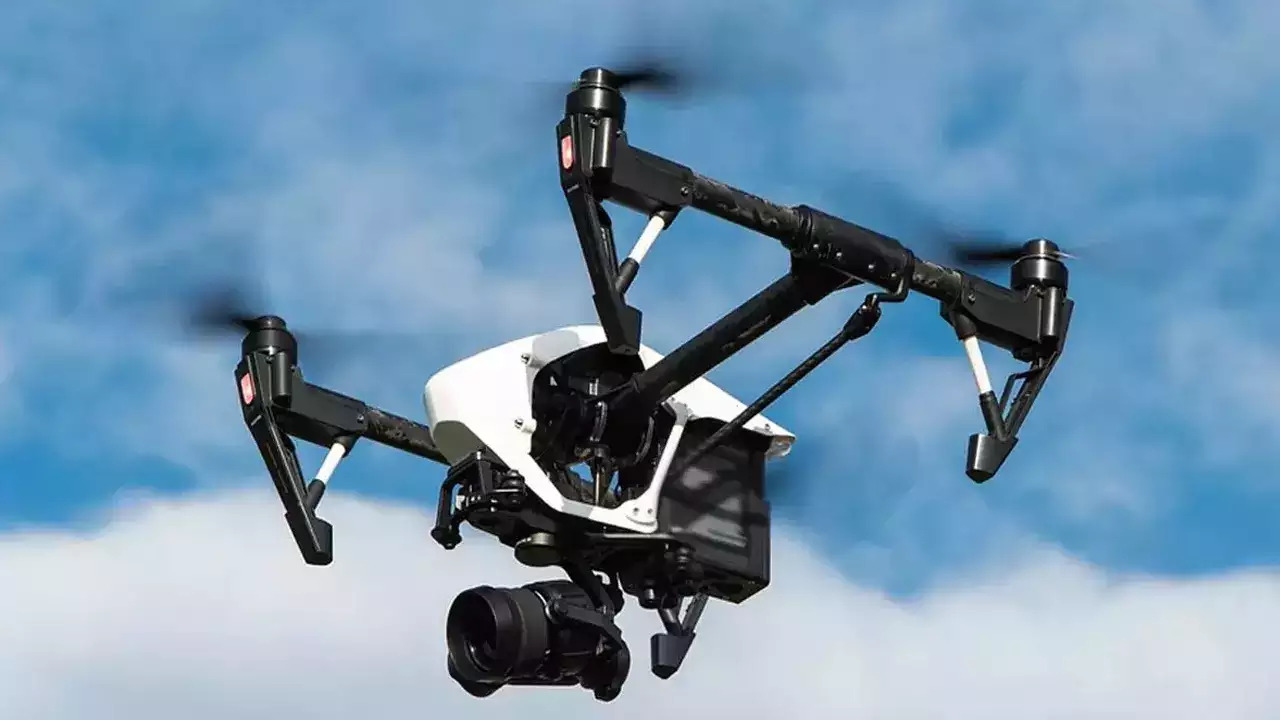

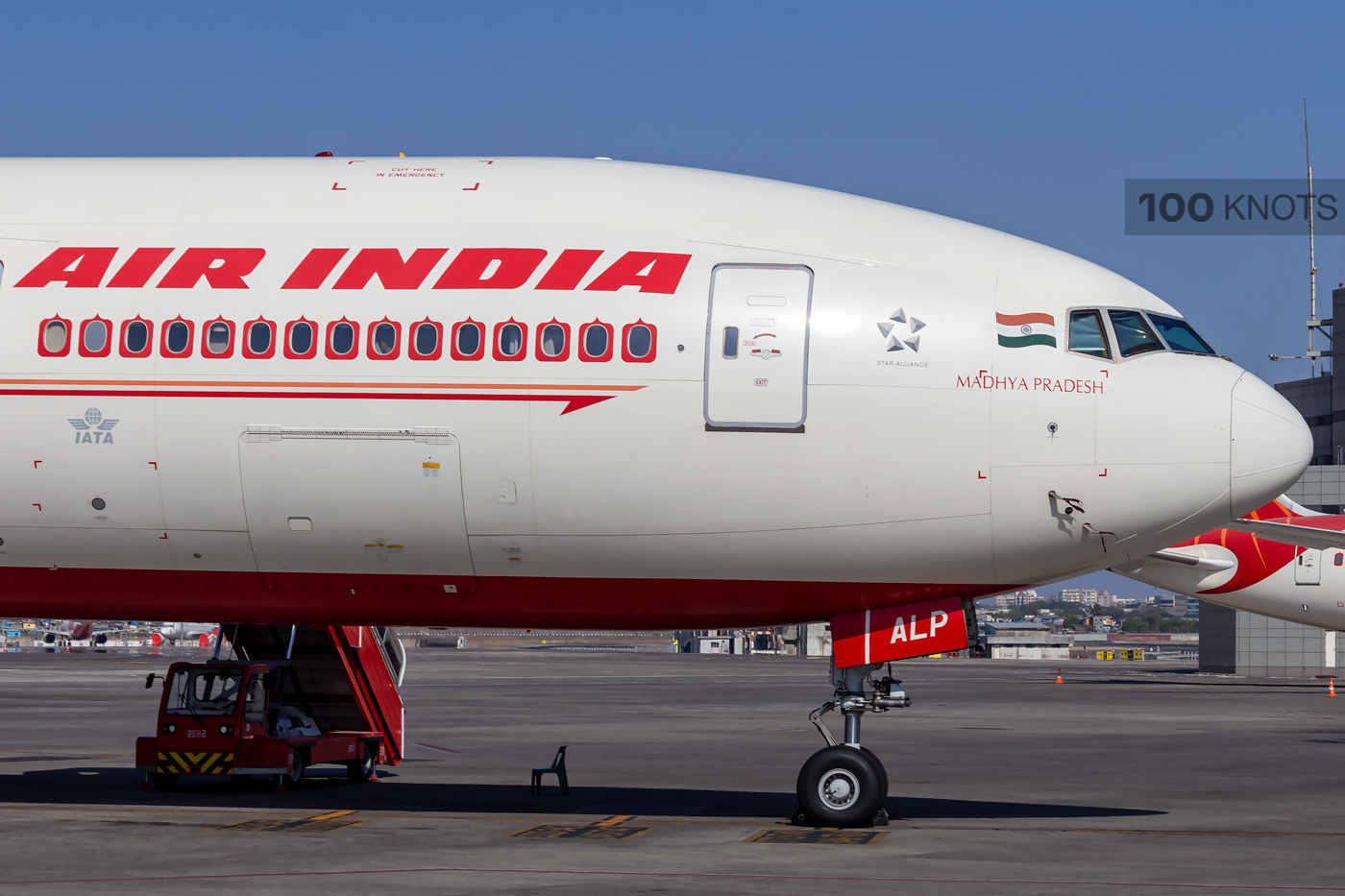
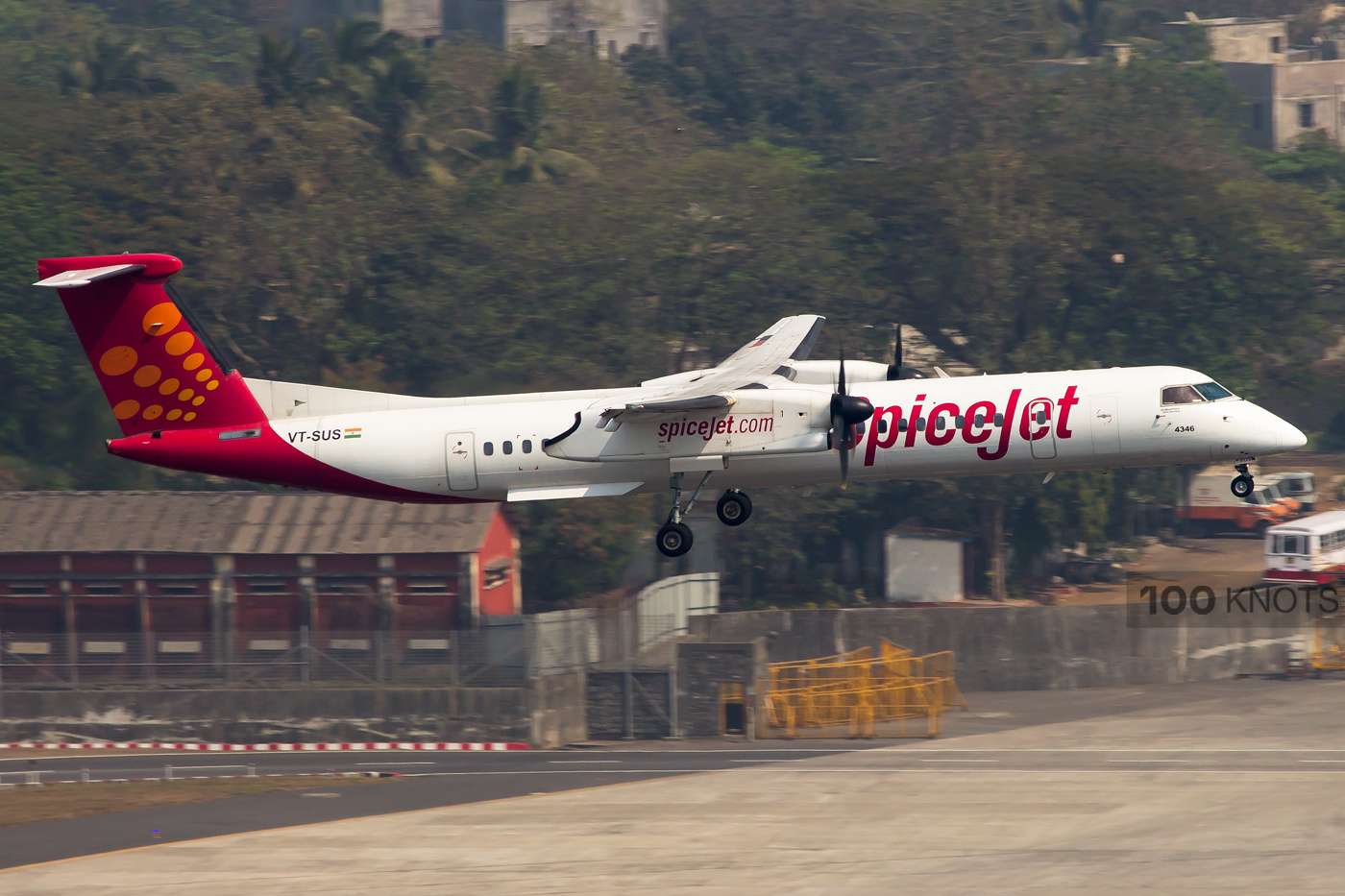

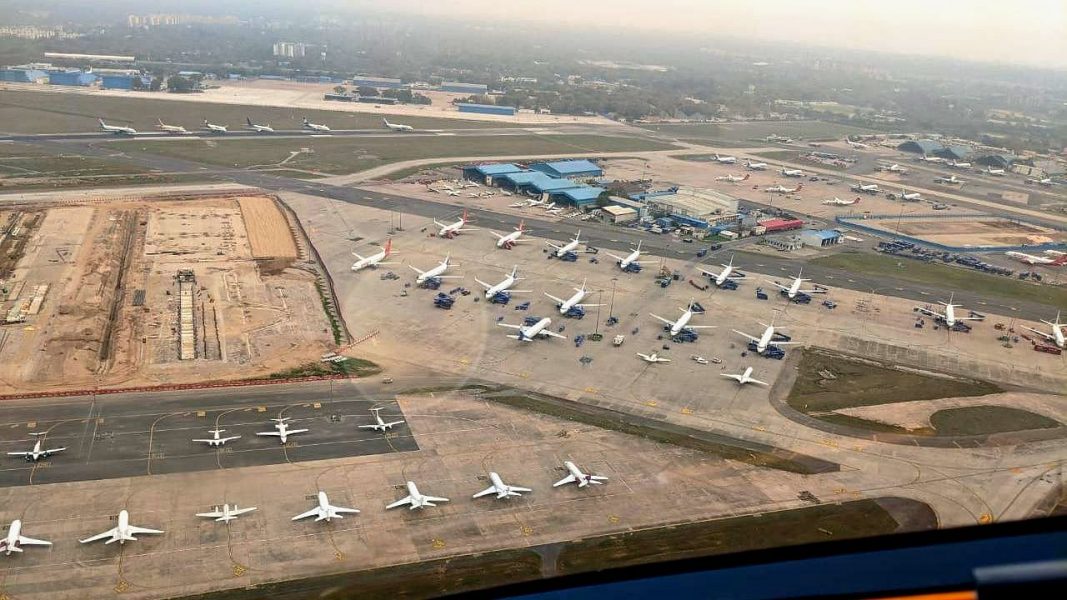
Comment